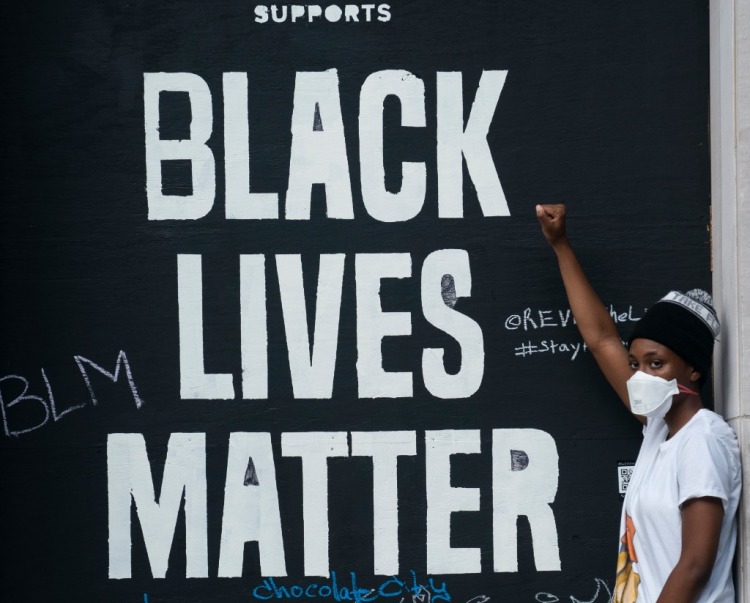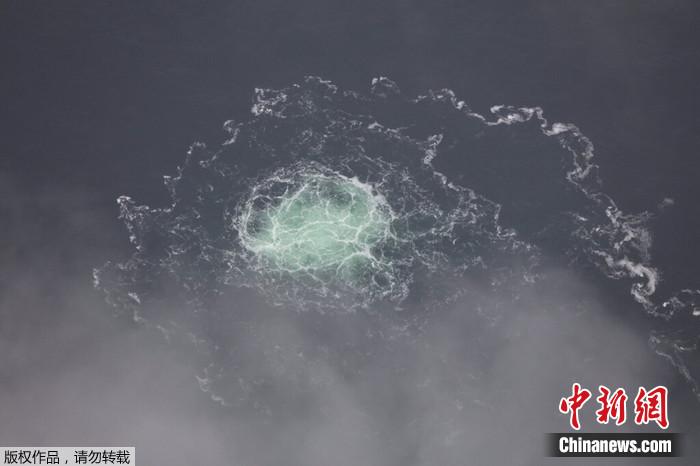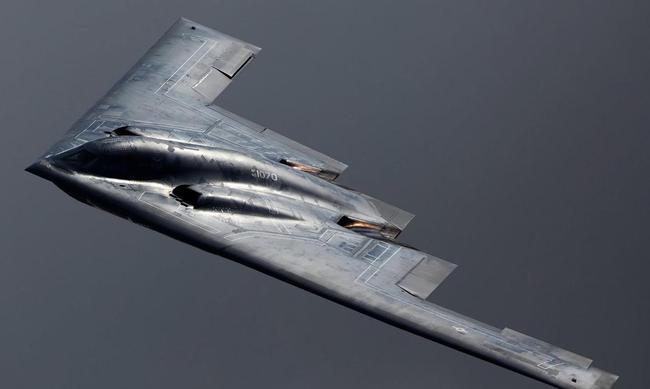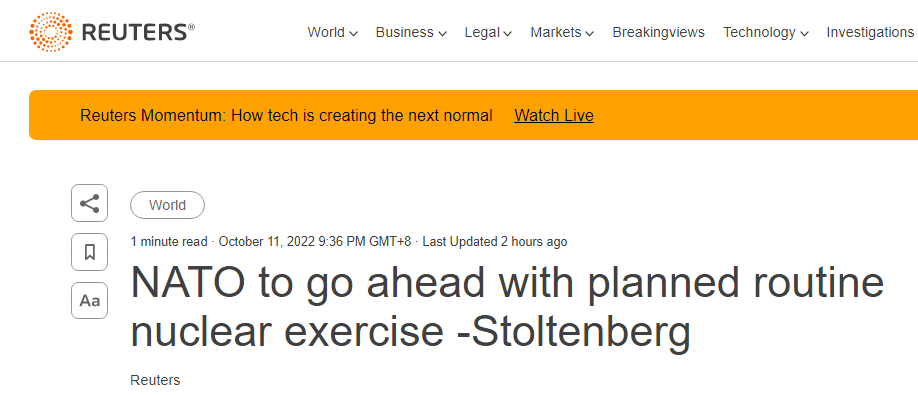
JIN DING/CHINA DAILY
In July and August 2022, Twitter and Facebook removed two overlapping sets of accounts for violating the platforms' terms of service. The suspended accounts, according to analysts, "consistently advanced narratives promoting the interests of the United States and its allies while opposing countries including Russia, China, and Iran".
A detailed analysis of the suspiciousaccountscan be foundin areport titled "UNHEARD VOICE: Evaluating five years of pro-Western covert influence operations", coauthoredby the Stanford Internet Observatory (SIO) and Graphika. It turns out that the accounts are part of a series of covert campaigns over a period of almost five years rather than one homogeneous operation.
As disclosed by the report, the disinformation campaigns used "inauthentic tactics" to floodtheinformation space with pro-Westernpropaganda.The banned accounts, for instance,showed "clear signs of automated or highly coordinated posting activity". Theycreated fake personas withsophisticated A.I.-generated images to manipulatethe online discourseby sharing similar content, posed asindependent media outlets to enhance the credibilityof the fake users, launched online petitionsand startedhashtagmovementsin an attempt to hype up narratives that served the agenda of the forcesbehind the scenes.
It came as no surprise that Twitter identified the US as one of the "presumptive countries of origin", and Facebook said the US was "the country of origin". As always, the US calls its mass production of disinformation "investing in its values". It has been scaling upinput to make that happen. The Strategic Competition Act of 2021 adopted by the US Congress authorized $300 million each year to "counter the malign influence"ofChina.
According to the SIO-Graphikaanalysis and US media reports, the US military is suspected to be involved inmanagingthe "trolls"on these two social media platforms, with a purpose to conduct secret information warfare against China and others. Thisexplains why the accounts have shown a particular interest in all the lies related to Xinjiang, such as the so-called "genocide" and "forced labor" of the Uyghurs.
Despite these accounts' efforts,the contentshared by them has long been debunked. Testimonies have revealed that the so-called survivors of and witnesses to "genocide"in Xinjiangweresimply actors hired by forces bent on denigrating China. The "studies" frequently cited by Western media werechurned outby pseudo-scholars with littleacademic integrity,like Adrian Zenz. The NGOs mostmotivated to spread rumorsabout Xinjiang wereheavily sponsored by institutions like the notorious anti-China National Endowment for Democracy (NED).
The US does noteven botherto explain itsdeceptive actsaway. On the contrary, on the same day the SIO-Graphika study was released, the US Department of State issued a reportaccusing China of manipulating global public opinion on Xinjiang. But such "whataboutisms" have failed to deflect international attention. Instead, the list of chargescompiled bythe USbased on itsown expertise has unintentionally given away the country's manual fordisinformation campaigns.
In psychology, projection refers to the mental process where people attribute to others what is in their own minds. A brief review of history willshowhow oftenand adeptlythe US has adoptedsuch a tactic. In the case of Xinjiang, the accusations the US has heaped on China seem to befit itself most. With its own pasttainted with the blood of Native Americans, the US concocted thestory of"genocide" in Xinjiang. Whilepeddling conspiraciessmearing Xinjiang, the US accusedChina of manipulating global public opinion. If there is a titlefor the playbook the US has been resorting to in its disinformation campaigns, it must be "thief crying 'stop thief'".But the US is bound to be disappointed: the world is clear-eyed and will not be taken in.
















